
There’s a time for good old-fashioned paper and pencil and a time for technology to enhance, connect, and bring learning concepts to life. Teachers often incorporate bothedtech productsand traditional resources in a single lesson to help students understand topics and demonstrate learning. But not all technology integration is created equal.
Developed in 2009 by Dr. Reuben Puentedura, the research-basedSAMR framework“helps teachers design, create, and integrate technology-infused lessons into their classrooms.” TheSAMR modelhas four levels: Substitution, Augmentation, Modification, and Redefinition. The continuum helps teachers reflect on how they integrate technology in the classroom to promote higher-order thinking skills.
The Four Steps of the SAMR Model
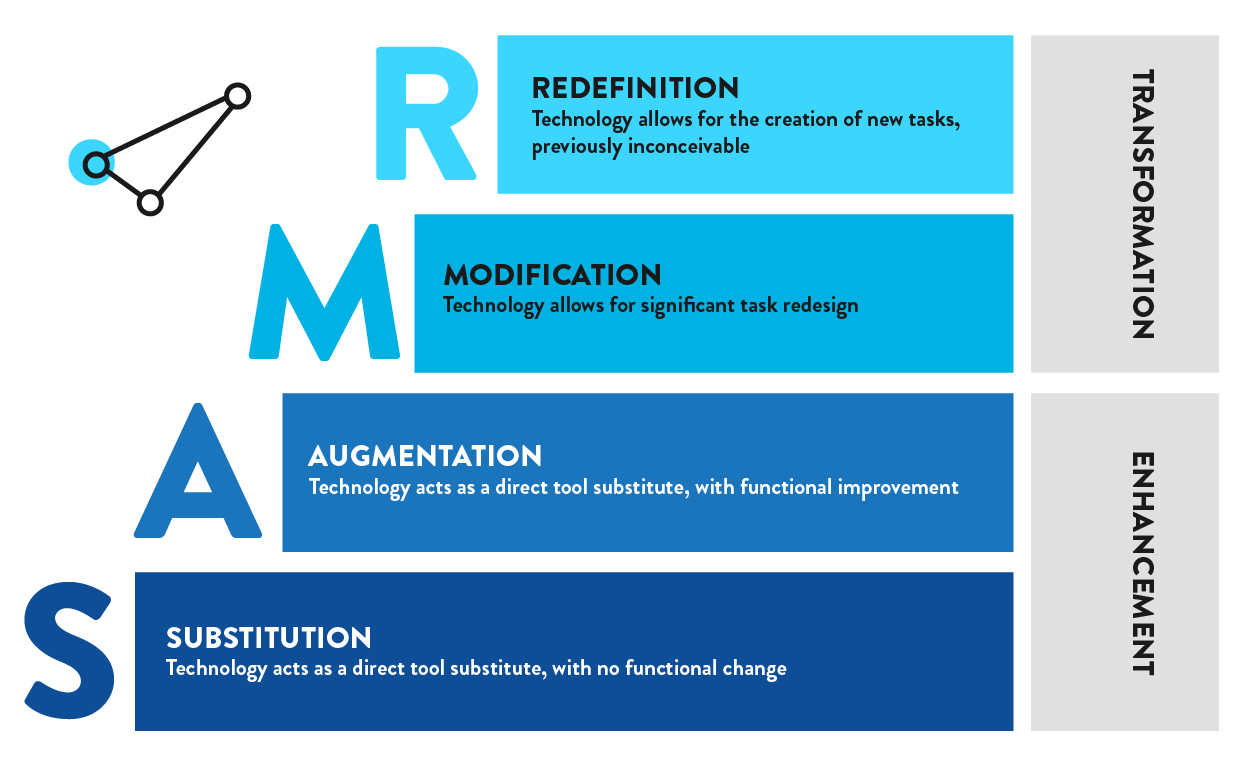
No matter the subject or grade level, the SAMR model creates a “common language” among educators to design meaningful digital learning experiences. This framework is best viewed as aspectrum: sometimes, educational technology is best used as a replacement for a traditional learning device, and other times it can enhance the learning process in new ways.
- Substitution.Technology acts as a direct substitute, with no functional change.Example: A teacher uploads a worksheet to Google Classroom. Instead of writing on paper, students type and submit their responses digitally.
- Augmentation.Technology acts as a direct substitution tool, with functional improvement.The lesson content remains the same, but learners can benefit from digital features thatenhance the lesson. Example: Students add interactive links and videos in addition to their answers to further demonstrate their understanding.
- Modification.Technology allows for significant task redesign.At this stage, tech moves from an enhancement to a transformative tool, truly changing the look and feel of what students are doing in a given lesson. Example: Students work collaboratively on a digital platform to create a graphic organizer, including multimedia resources. Students collaborate and contribute ideas from their devices while the teacher offers live feedback on the document.
- Redefinition.Technology allows for the creation of new tasks that were previously inconceivable.At this stage, learning isfundamentally transformed. Example: Students use anonline lab simulationto model thedigestive system.
ExploreLearning Gizmos and the SAMR Model
From Substitution to Modification, teachers can useExploreLearning Gizmossimulations to support all SAMR levels. More than 500 virtual math and science labs andSTEM Casesbring concepts to life through experimentation and inquiry.
How do Gizmos fit into the SAMR model?
Substitution.In theChemical Changes Gizmo, students observe and measure various chemical reactions while learning about chemical equations, acids and bases, exothermic and endothermic reactions, and the conservation of matter. This Gizmo is a substitute for traditional laboratory experiments that might involve costly and dangerous chemicals. Students can combine different chemicals without harming themselves or school equipment.
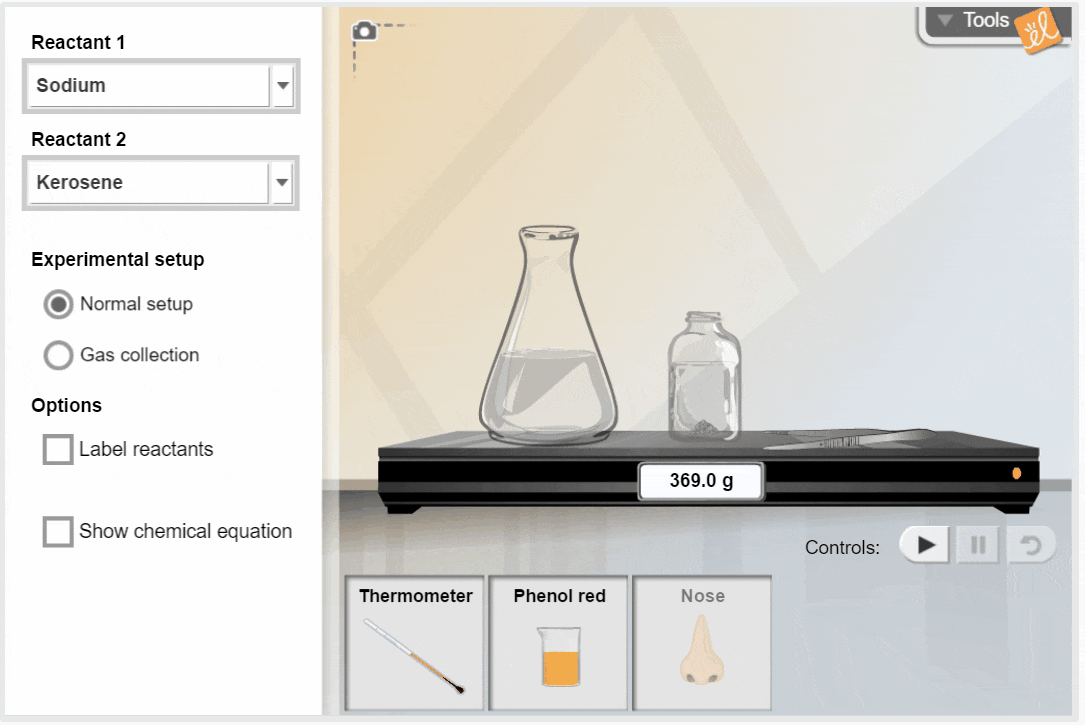
Augmentation.Each Gizmo includes a student exploration sheet, vocabulary, teacher guide, and built-in assessment questions. In theCircuit Builder Gizmo, students create circuits using batteries, light bulbs, switches, fuses, and other materials. Students replicate hands-on work online, and learning is functionally improved thanks to assessment questions and reporting tools that allow teachers to provide timely and insightful feedback.
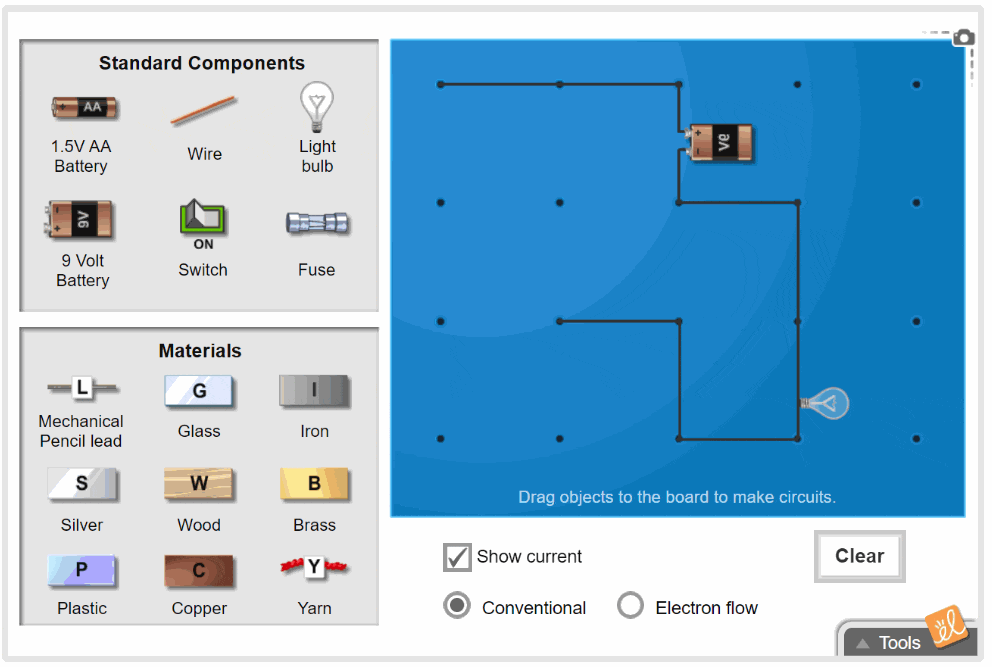
Modification.Gizmos allow for significant task redesign that would not be possible in a classroom setting. For example, in theCell Division Gizmo, students can simulate mitosis and cell division as they control the cell cycle length and monitor data with tables, bar charts, and graphs.
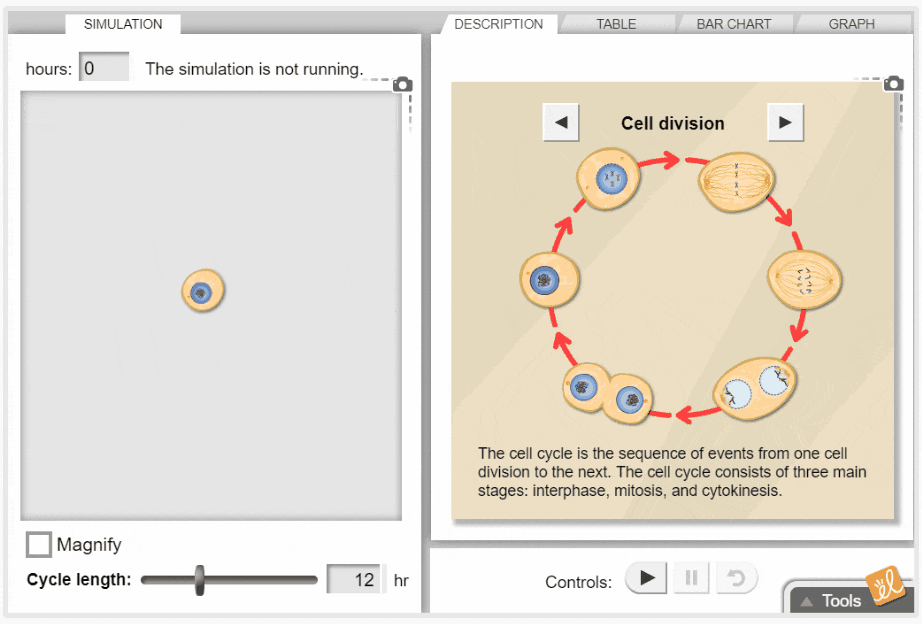
Redefinition.Gizmos make the previously unfathomable possible. Students can design cars to survivecollision impacts, get hands-on withbrain nervesas they learn about senses, and observeriver erosionover long periods of time–all from their laptops or tablets.Gizmos STEM Casestake it one step further, putting students in the role of STEM professionals tasked with solving real-world problems. In theAnimal Group Behaviorcase study, students collect data from an African farm to hypothesize and test solutions that will protect crops without hurting elephants.
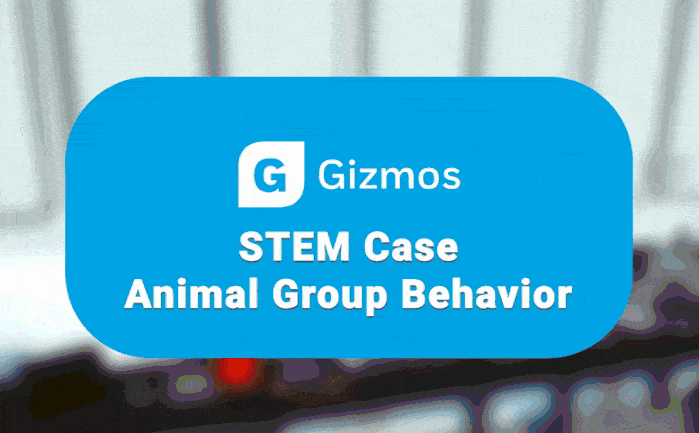
Choosing the proper edtechis a serious task. With Gizmos, you can bring powerful and effective learning experiences to your classroom at all levels of the SAMR model.
Pass it on!